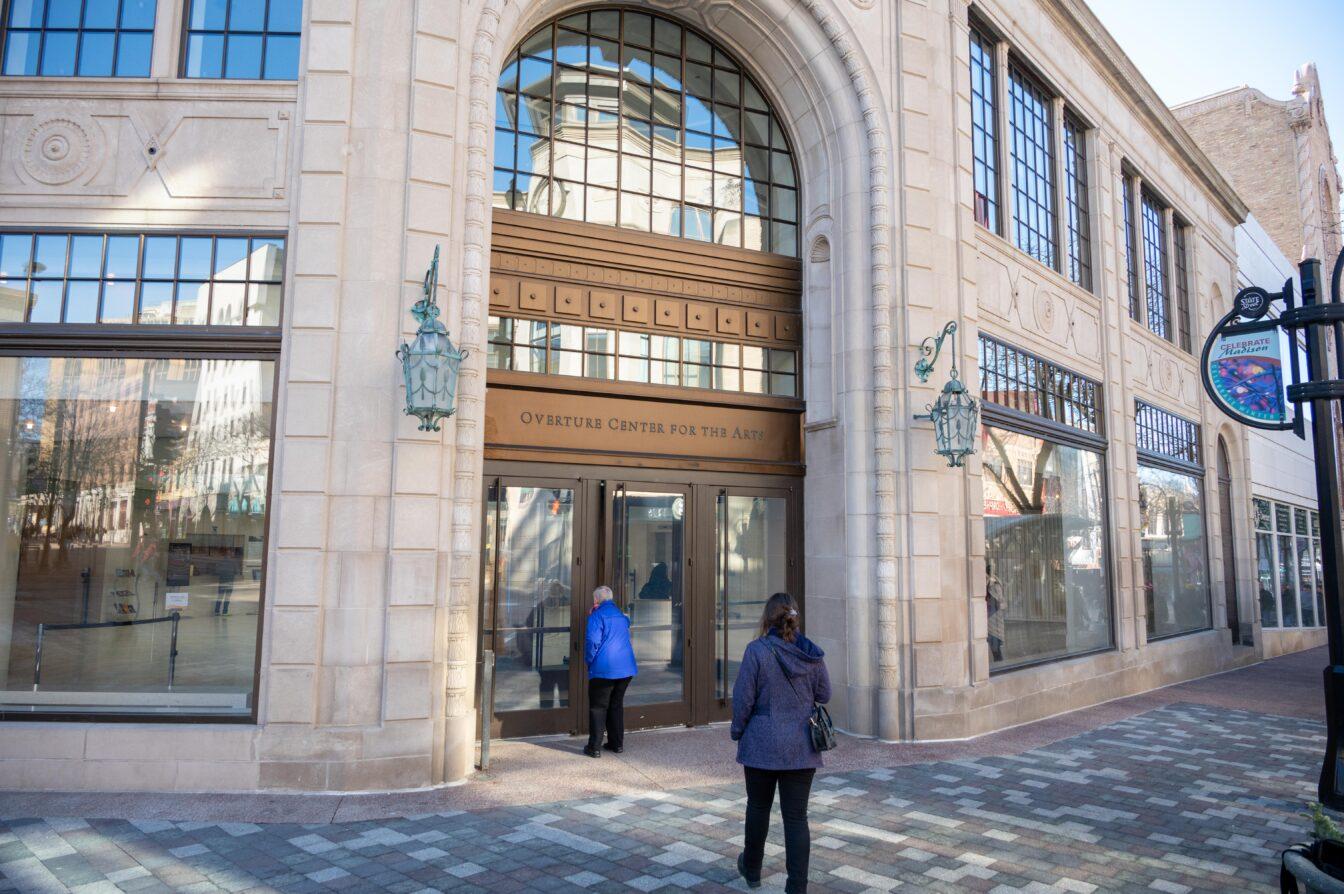Mami Wata is the mother of the water who originated in African culture and was borrowed by North and South Americans from African immigrants beginning in the 16th century. Last Friday, the Chazen Museum of Art made its first splash into a two-and-a-half month exhibition featuring the many faces of Mami Wata.
Henry Drewal, resident expert and curator of the Mami Wata, is one of Madison’s own professors in art history and Afro-American studies at the University of Wisconsin.
“I first studied Mami Wata in 1975. I was going to Africa for another project and the borders closed, and I had to stay where I was and began to study Mami Wata. The barricade was a sign from Mami Wata that I better stay and look into her story,” Professor Drewal said.
On Oct. 4, the Hoofers club and the Mami Wata team collaborated and sailed on Lake Mendota using hand-painted sails by members of the community. The masts portrayed each individual’s view of their own version of Mami Wata. For many European Americans, Mami Wata appears as a mermaid.
The Chazen’s Oct. 17 opening ceremony featured costumes, dancing and delicious African food. “The opening was wonderful; people were encouraged to wear costumes to honor Mami Wata. One girl even came in using crutches because her lower half was bound together by a fish tail,” said Maureen Kind, Mami Wata tour guide.
The exhibit, which officially opened Saturday, features 120 artistic expressions and artifacts of Mami Wata. It is fascinating how each culture adopts the idea of a water spirit and, in turn, gives it an image. In general, Mami Wata stands tall with a fish tail, big hair and a python. Monty the Python of Henry Vilas zoo even made a guest appearance at the exhibit opening. Children — and some adults — made sparkling masks to represent Mami Wata and enjoyed a plentiful supply of complimentary goldfish and soda throughout the event.
In between browsing the gallery featuring the various artifacts that highlight regional interpretations of the water spirit, visitors needed only to look down from the second floor to entertain themselves. Saturday’s performances showcased African dances by the Ton Ko-Thi Children’s Performing Ensemble, musical stylings by John Hughes and the Native American praise dance to honor Mother Nature by Art Shegonee.
“It’s intriguing to see how many different cultural factors play into the propagation of Mami Wata throughout the world,” press coordinator Eve Galanter said.
It sounds difficult to be entertained by rooms full of mermaids, but over-stimulated, midterm-trampled college students need a little nautical diversion. The exhibit remains open to the public and free of charge until Dec. 16. Drop in for a guided tour on Tuesdays at 4 p.m. and witness the lure of Mami Wata at the Chazen Museum of Art.







